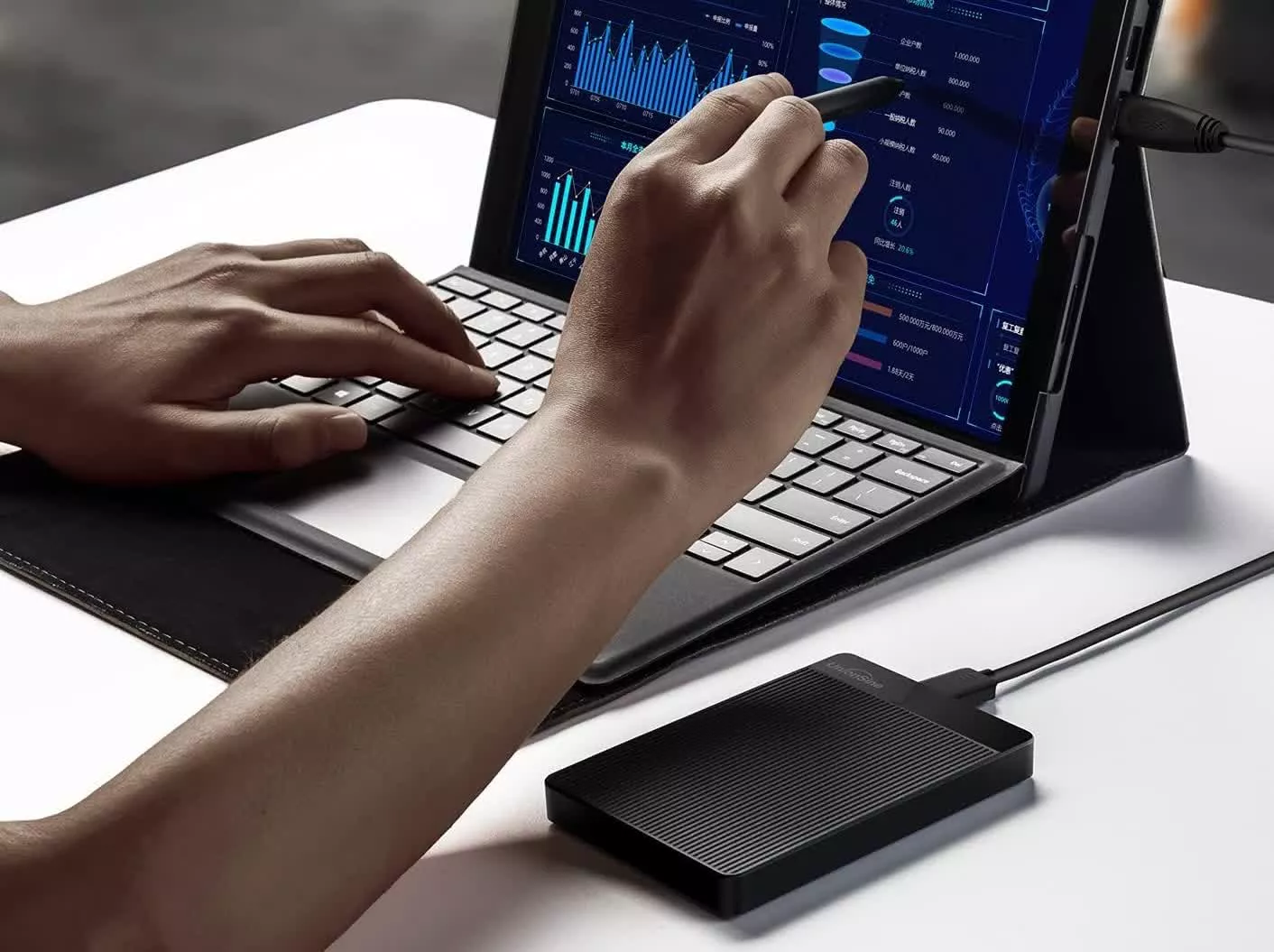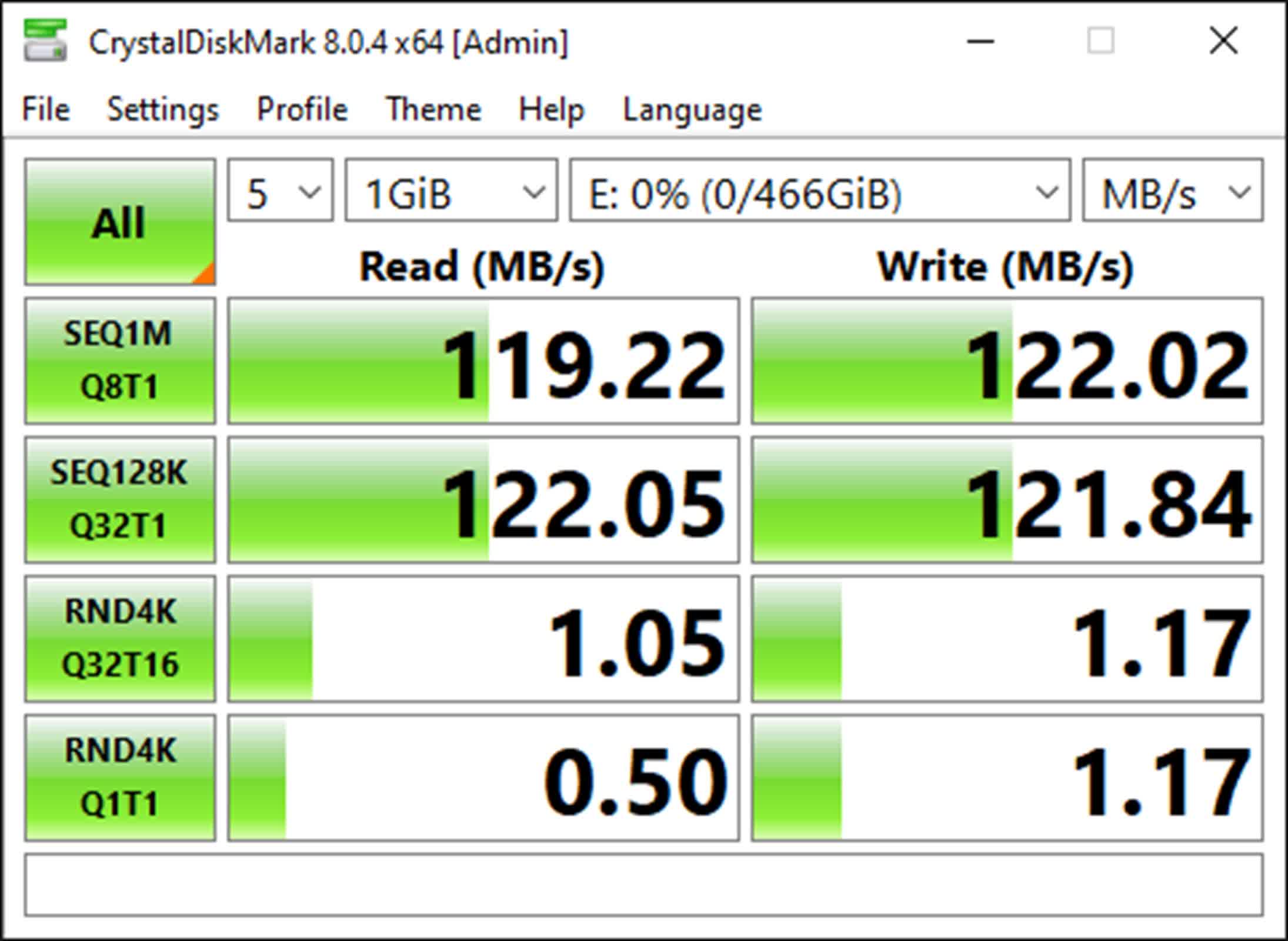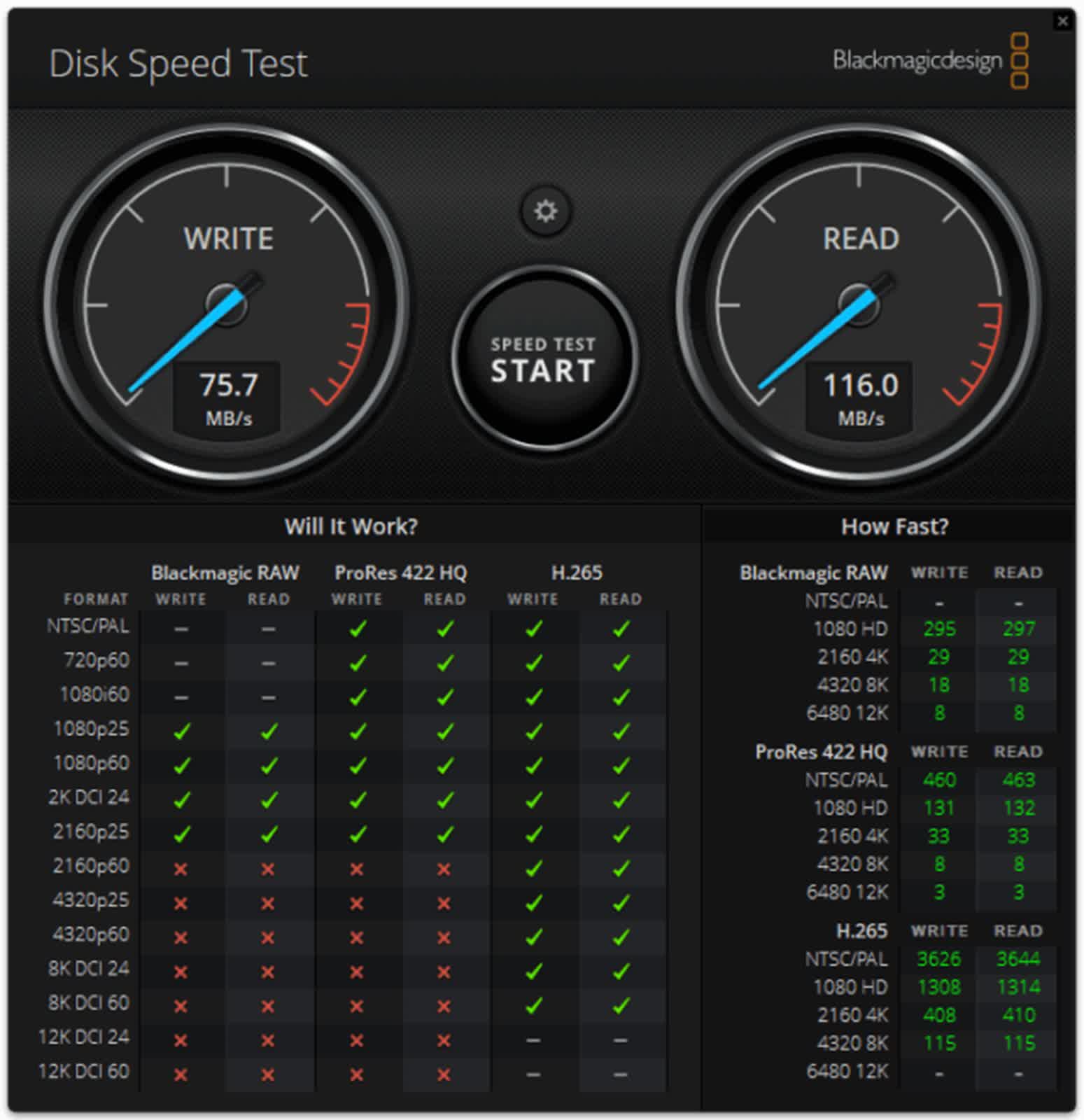In a nutshell: A recent investigation into a budget external hard drive sold under the UnionSine brand has shed light on the persistent risks consumers face when purchasing low-cost storage devices from online marketplaces. Secure Data Recovery, a data recovery firm, bought a UnionSine HD2510 500GB hard disk drive from Amazon for just over $28 and subjected it to a series of technical tests to evaluate its authenticity and performance.
Fraudulent or misleading storage products continue to be a common issue on e-commerce platforms. Shoppers are often lured by attractive prices from unfamiliar brands, only to discover that they are either non-functional or do not deliver the advertised storage capacity. In some notorious cases, sellers have disguised small-capacity flash drives inside large enclosures, falsely marketing them as high-capacity HDDs or solid-state drives.
Kirill Rymko, director of lab operations at Secure Data Recovery, told Ars Technica that his team was motivated to test the UnionSine drive because of its unusually low price per gigabyte. "We suspected that the drive might be refurbished given its price point," he said. "Furthermore, storage scams are prevalent, particularly among sellers on Amazon. In the past, we have encountered hard drives and flash drives sent to us for data recovery that were counterfeit or utilized different components to create the illusion of a higher capacity."
Upon testing, the UnionSine drive largely met its advertised performance. Read and write speeds were in line with what would be expected from an older, 5,400 RPM hard drive, and synthetic benchmarks matched the product's description. However, when Secure Data Recovery opened the drive's enclosure, they discovered a Toshiba MQ01ABD050V manufactured in 2016, making the drive nearly a decade old.
While only a handful of companies, such as Toshiba, Western Digital, and Seagate, still manufacture hard drives, the use of such an old component raises concerns about longevity.
UnionSine, like some other brands, primarily acts as an enclosure provider, sourcing used or surplus hard drives from established manufacturers and repackaging them under its own brand.
The enclosure typically includes a USB-to-SATA controller, allowing the internal SATA drive to connect to computers via USB. This approach enables UnionSine to offer drives at a lower price, but it also means that the actual storage device inside may be years old, refurbished, or sourced from excess inventory.
Rymko told Ars Technica that while the drive performed well for its price and could be considered a good value for light use, there are substantial reasons to be cautious. "We haven't identified any major issues with this device, but as with any budget drive, long-term durability and sustained performance under heavy use are potential concerns to watch for," he said.
He also noted that the average lifespan of hard drives is typically three to five years, and that the "power-on hours" data, which tracks how long a drive has been in use, can be reset by resellers – making it difficult to know the actual age or wear of the drive.
Another issue is the lack of a clear warranty policy from UnionSine. Despite some listings advertising a two-year warranty, customers have reported difficulty obtaining support or warranty service, with no transparent process available on the company's website, and emails going unanswered. This lack of accountability further distinguishes these budget drives from those sold by established brands, which typically offer more robust warranty coverage and customer support.
Industry experts and data-recovery professionals generally recommend that consumers seeking reliable storage solutions stick with major brands and avoid too-good-to-be-true deals from unknown sellers. While the UnionSine drive in this case did not appear to be fraudulent and worked as advertised, the use of aged components, uncertain warranty coverage, and questions about long-term reliability make it a risky choice for storing important data.
For consumers, the best approach remains to buy storage devices from reputable manufacturers, ensure regular backups – ideally following the 3-2-1 rule (three copies of data, on two different media, with one offsite) – and to be wary of low-cost devices that may not deliver on their promises in the long run.
Image credit: Ars Technica


